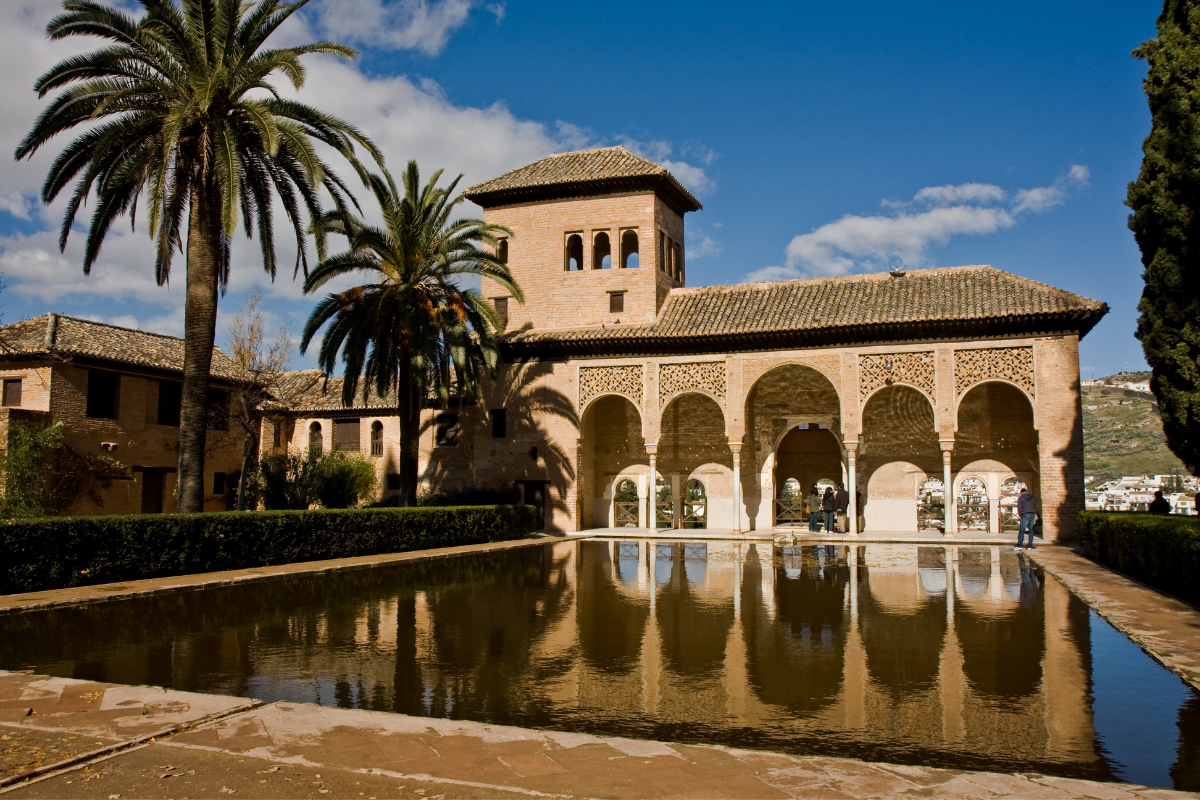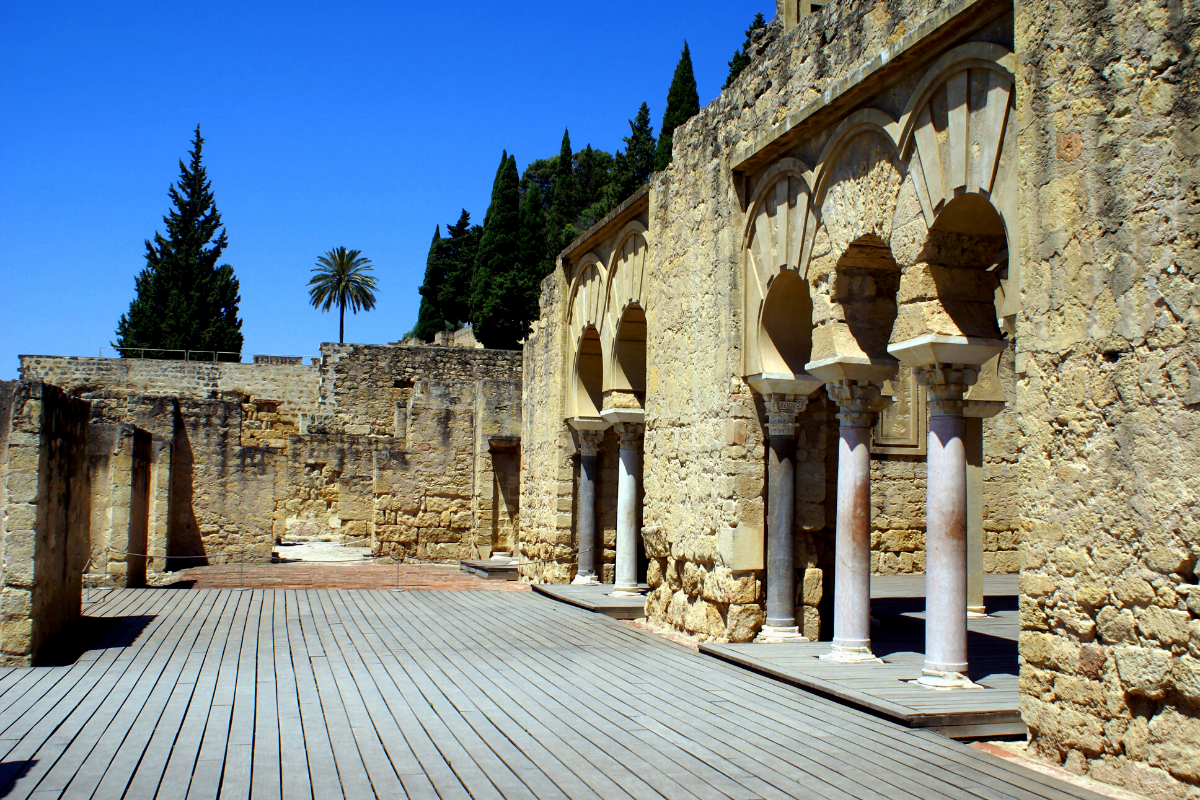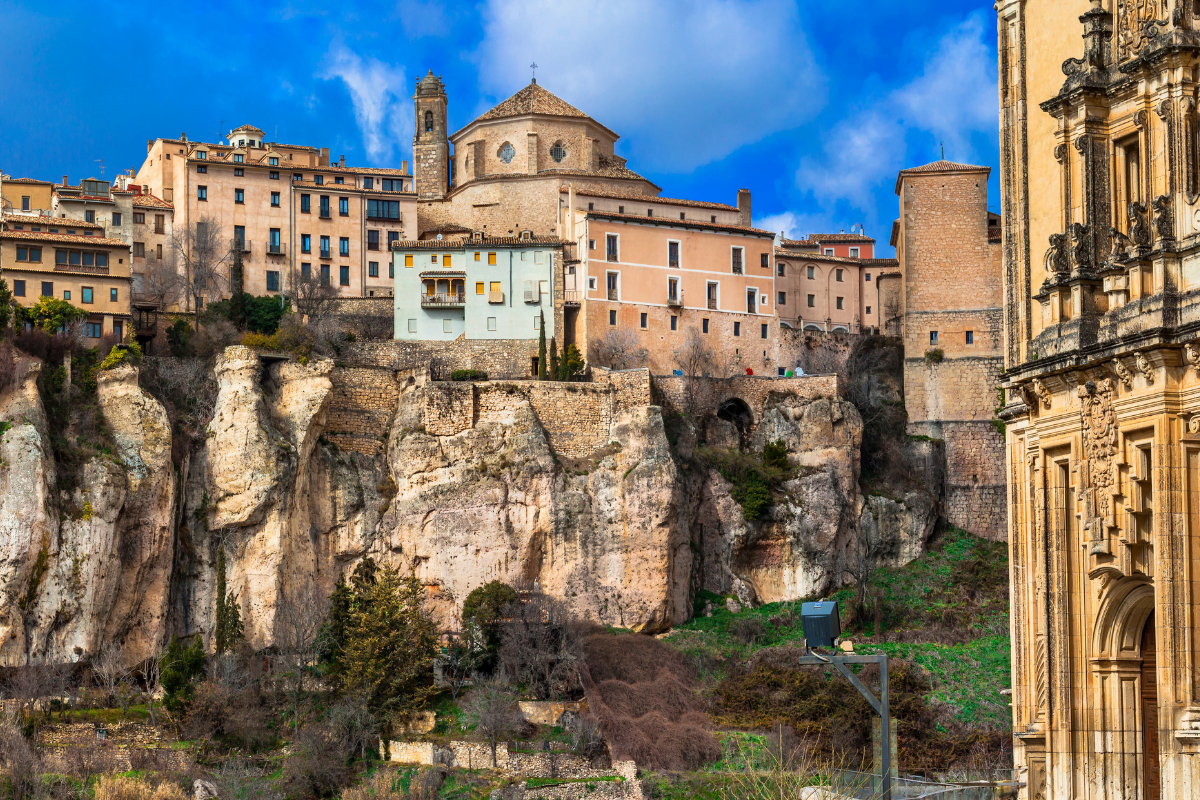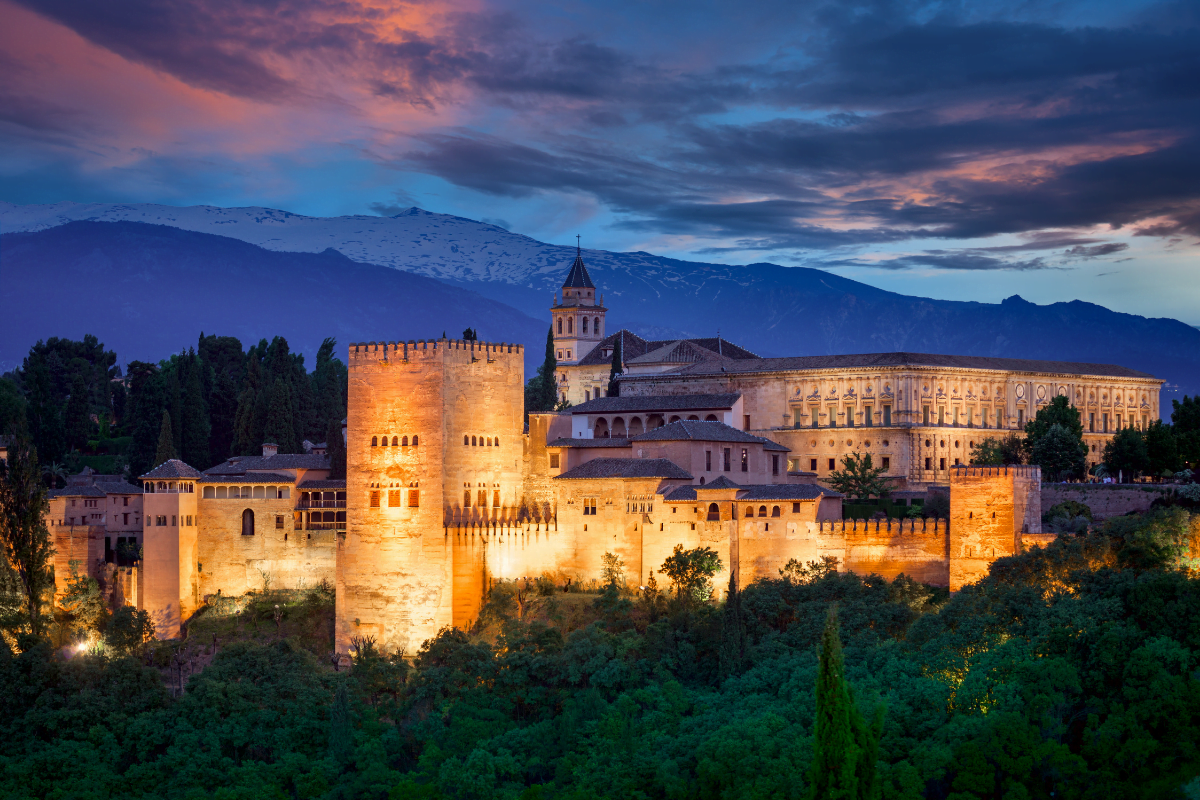See the “hanging houses”, the lace ornaments and colourful azulejos, the architectural remains of the Romans, the Moors, the Catholic kings… Andalusia is full of amazing monuments and landscapes. Some of them have been declared a UNESCO World Heritage Site.
New list of wonders of the world
The list maintained by UNESCO, a UN organisation, was created to preserve and popularise the heritage of humanity and to protect nature. It includes well-known monuments: Versailles, Notre-Dame Cathedral, the Loire Valley, the White Heron Castle in Japan, and in Spain: the Escorial Palace in Madrid, Santiago de Compostella or the Altamira Cave. Natural monuments are also an important part of it: Komodo National Park in Indonesia or Victoria Falls in Zambia. Would you like to visit Andalusia on the trail of UNESCO monuments? Check out our list!
Alhambra
That is, a masterpiece of Moorish architecture. Millions of tourists come to Granada every year to see this palace-fortress. They are attracted by the beautiful architecture with its characteristic Moorish arches, carved columns, colourful tiles covering the walls and walls, fine ornaments that look like lace on the walls. The combination of architecture with water and with greenery is also unique here. In the mirrors of the water, in the ponds, the buildings are reflected, the arches multiply. Greenery is present in the inner courtyards of the palace – places of contemplation, where you can relax to the sound of water in the fountains, the scent of mint and flowers.
If we want to savour the place for longer, we can stay in the Alhambra itself, at the Hotel Parador de Granada, which you can read about here.

Medina Azahara, or city-palace
Just 7 kilometres from Córdoba, another monument from the Moorish rule of the Iberian Peninsula can be found – the remains of a 10th-century city-palace. The building was a symbol of the caliphate’s power – already extending to almost the entire peninsula, and its name comes from the name of the ruler’s favourite, Az-Zahra. The fact that the entire complex covered an area of more than 110 hectares is testament to the huge investment that went into building this city!
The palace was built on the slope of the Sierra Morena mountain, thanks to its terraced layout, it offered beautiful views and also had a defensive function. What does the Medina Azahara look like today? Parts of the throne room have survived and can be admired in the reconstructed palace at the very top of the mountain.

Hanging houses in Cuenca
This medieval town, preserved in excellent condition, was built by the Moors, in the foothills of the Sistema Iberico in the eastern part of the Castilla-La Mancha region. The very sight of this fortified city, built over the precipice between the Huécar and Júcar rivers, is something extraordinary. And if you add the ‘hanging houses, or casas colgadas, hanging over the Huécar River, you have a ready recipe for a wonder of the world. In the 12th century, Cuenca was conquered by Christians, who erected the first Gothic cathedral on Spanish soil here.

Andalusian landscapes
Andalusia impresses with its diversity: metropolises such as Córdoba and Malaga, which are steeped in centuries of history; small towns with white houses and donkey taxis; and luxury houses and flats on the Golden Mile or in Puerto Banus in Marbella. There is something for everyone in this part of Spain: sea, mountains, national parks, skiing, golf courses and long sandy beaches. Find a home for yourself in Andalusia, see luxury flats to buy and for rent, or perhaps villas overlooking the golf course?
Source: https://www.unesco.pl/

